Photo gallery: 6 feline wellness donts, 8 dos
The future is here. Its 2019. These are the dos and donts to make sure your veterinary practice is showing cats the care they need to get their owners in for wellness visits.
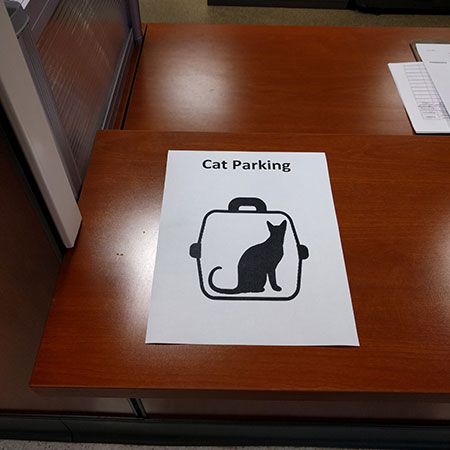
Give veterinary clients a place above the floor to plant their cat carrier, like this counter at reception. (All photos courtesy of author)
6 don'ts to avoid for feline wellness visits
No. 1: Don't set cat carriers on the floor. Cats are sensitive to sights, sounds and smells. You may have cleaned up that puddle of dog pee as well as you can, but it still smells like wolf urine to a cat.
No. 2: Don't mix dogs and cats. As simple as this sounds, it's still not always practiced.

Scruff feline restraint
No. 3: Don't scruff (above) as your go-to restraint technique. There are so manybetter options that are lower stress and safer for you and the cat than this one.
No. 4: Don't do the cliffhanger (below). Just … no. Seriously, what would you do if this was you at your doctor's office?
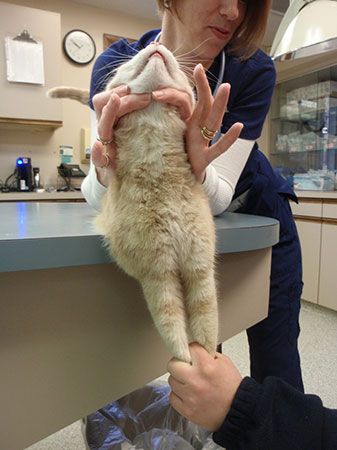
"Cliffhanger" restraint
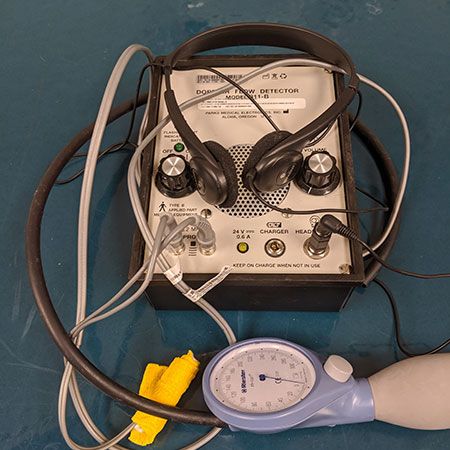
No. 5: Don't forget the blood pressure. Cats get hypertensive just like us. If you've done a good job with your low-stress techniques, you can believe the readings.
No. 6: Don't skip the parasite preventives. You know that just because a cat is “indoors only” doesn't mean it's not at risk for fleas or heartworms.
Now for the dos …
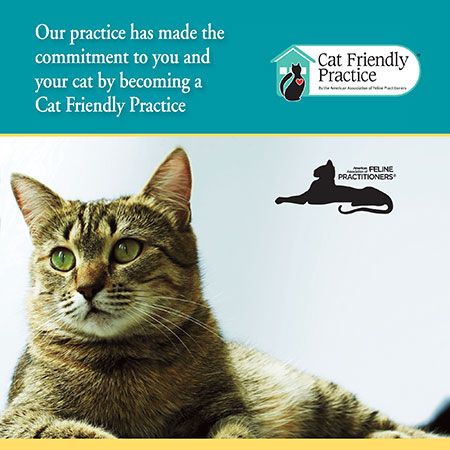
6 dos to make great feline wellness visits
No. 1: Go AAFP. Be welcoming to your cat clients and show your practice isn't just for dogs. Show your commitment to cats and become an American Association of Feline Practitioners Cat Friendly Practice.
No. 2: Be cat-only (at least a little). Understand that cats act as prey animals in your hospital. Calm, quiet, cat-only spaces help them relax and make life easier for everyone without pesky dogs around.
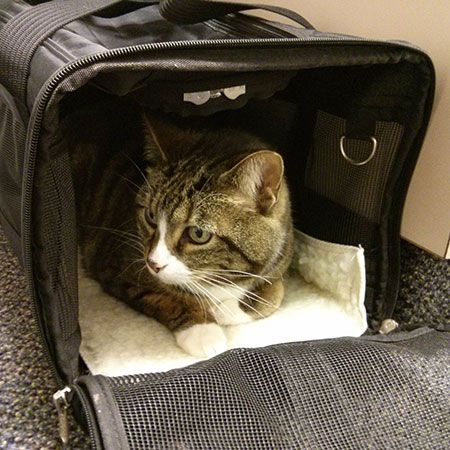
No. 3: Have a plan. Sit down and get all your doctors and team members on the same page when it comes to practice standards of care for feline wellness visits, then follow them. This ensures consistent care for all of your cat patients.
No. 4: Talk to clients about carrier training. It's not hard, but even our dog-owning clients who know about crate training sometimes forget that the same applies to cats. Get rid of the scruff and stuff of trying to get a cat in the carrier.
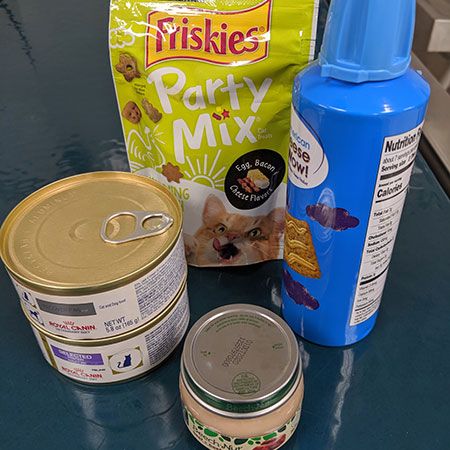
No. 5: Be positive. Remember that positive reinforcement works for cats too! Cats are obligate carnivores with a very refined palate, so offer a smorgasbord of options to tempt them. It doesn't have to be just food-catnip and toys work too.
No. 6: Get up-to-date on vaccine technology. Minimize the risk of injection-site sarcomas.
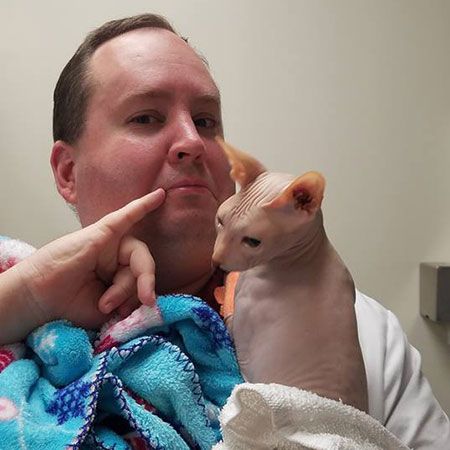
Google "Dr. Evil and Mr. Bigglesworth" if you don't get the author's pose above.
No. 7: Love your lab. Cats are prey animals and are great at hiding illness until it's too late. Screening lab work can find issues and allow us to adjust treatments early. Annually consider a complete blood count, chemistry panel, T4 test and urinalysis-especially for older cats.
No. 8: Show you care. Cold and clinical doesn't cut it with cat owners. Let the cat lover inside you come out!
Dr. Michael Nappier is assistant professor of community practice in the Department of Small Animal Clinical Sciences at the Virginia-Maryland College of Veterinary Medicine in Blacksburg, Virginia.